 Ziou
Ziou
| Wingspan | 141 cm - 55.5 in |
|---|---|
| Length | 61.5 cm - 24 in |
| Wing area | 21.9 dm² - 339 in² |
| Weight | 460 g - 16.2 oz |
| Wing loading | 21.0 g/dm² - 6.9 oz/ft² |
| Airfoil | SC21 (11% > 7%) |

2D drawing...
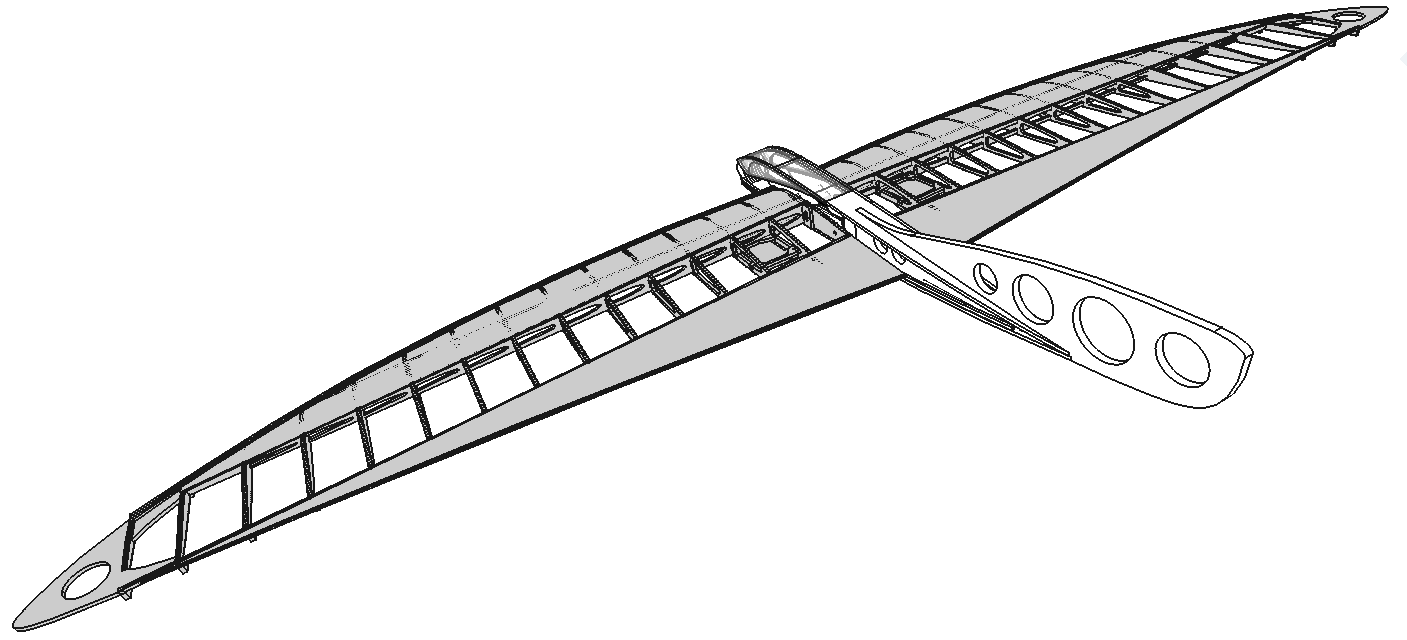
3D mock-up...
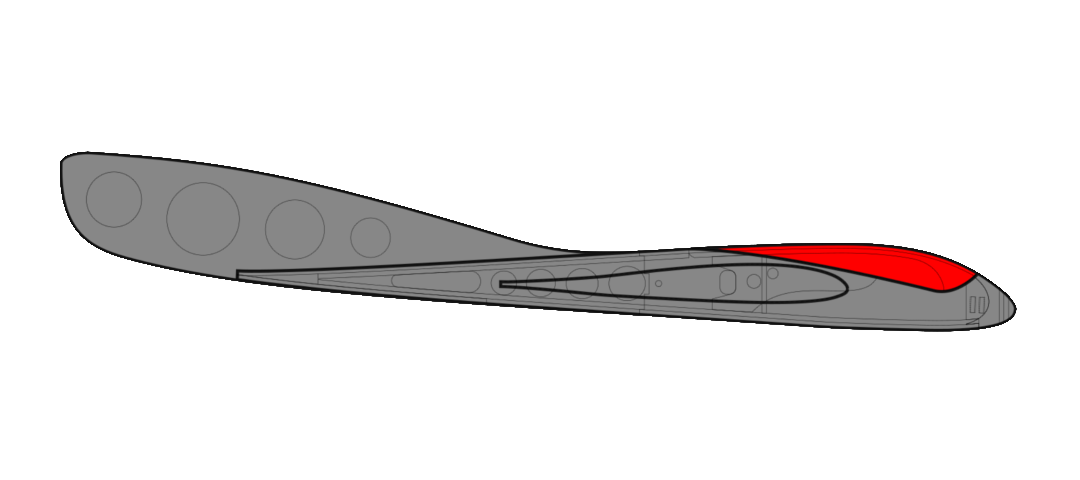
2D drawing...
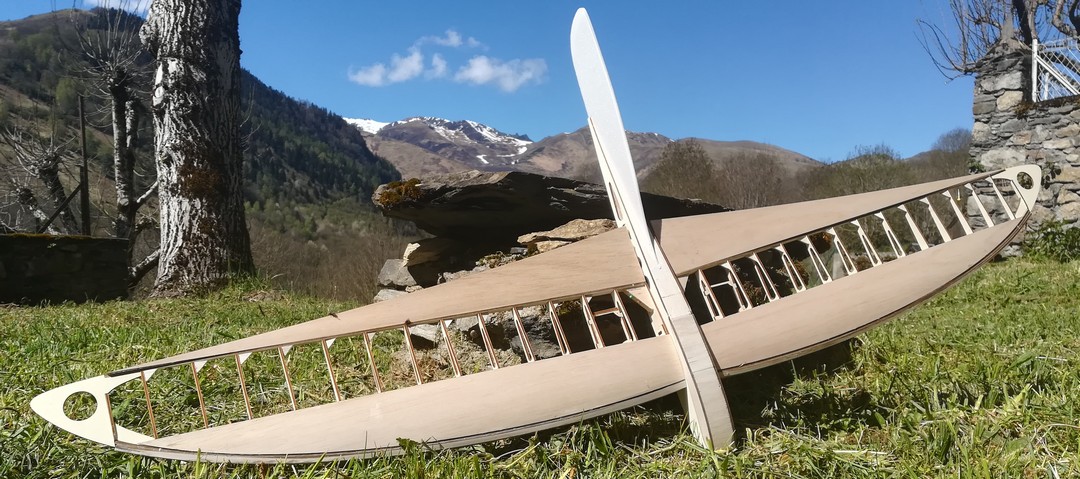
Wood structure.
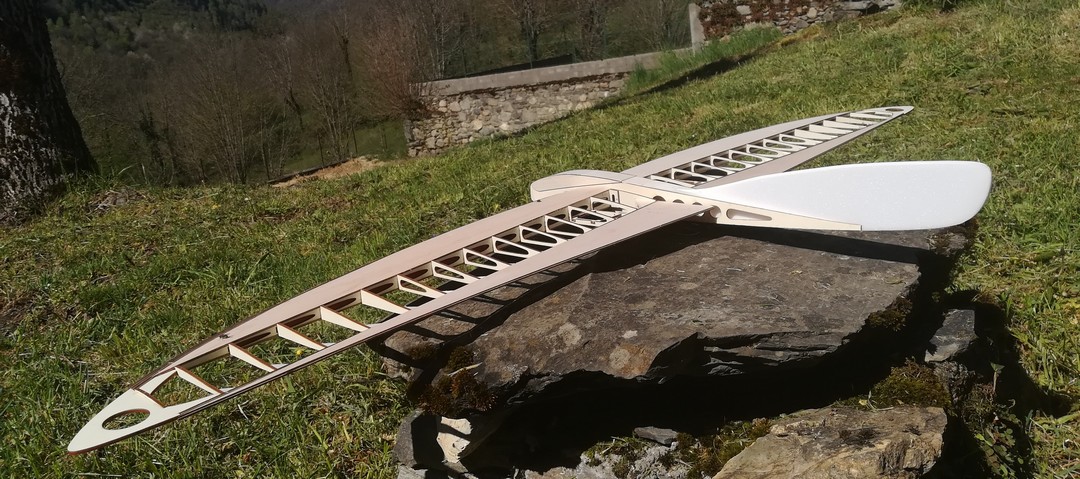
Wood structure.
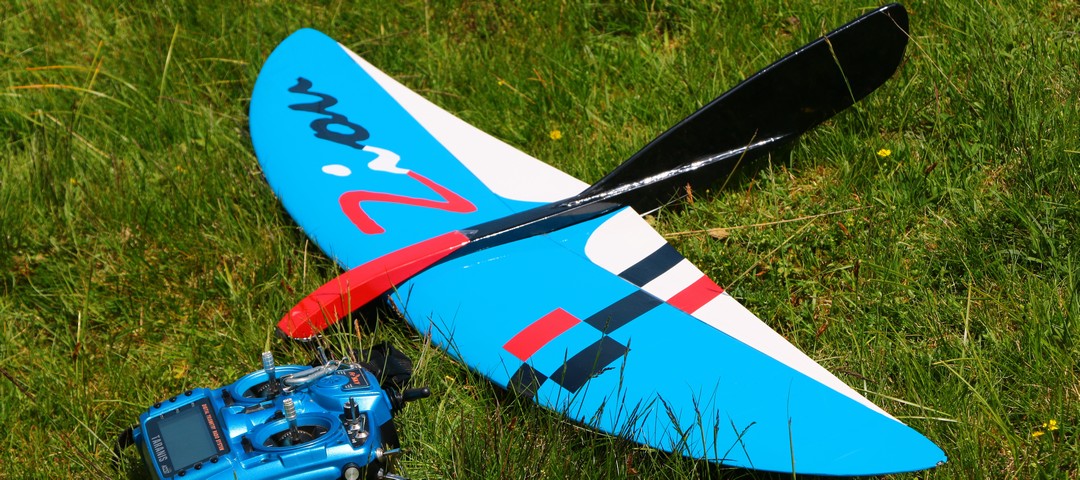
Ready.
Simplicity and versatility
The objective with the Ziou is a flying wing that can be used as a beginner's model, but also to progress to inverted flight.
Wings are simple: less construction (no fuselage and no tail), 2 channels only, and a compacted inertia therefore less damage on hazardous landings.
The airfoil, called SC21, is simply a reworked mixture of FAD16 (Franck Aguerre, flying wings) and SB96v (Serge Barth, aerobatic gliders). This is to have an airfoil that meets the requirements of a wing (Cmn pitching moment, not very sensitive to the incidence) but also efficient in inverted flight.
The look is inspired by birds such as the swallow and the kestrel. Curved wings therefore, and a long but not tall rudder, to give the illusion of a thin tail.
Adjustable dihedral
For beginners with this wing, the dihedral is adjustable: there are simply 2 different wing joiner slots. In the wings, and in the fuselage. One takes a 6mm rod for easy flight with 10° dihedral, the other an 8mm tube with 1.5° dihedral.
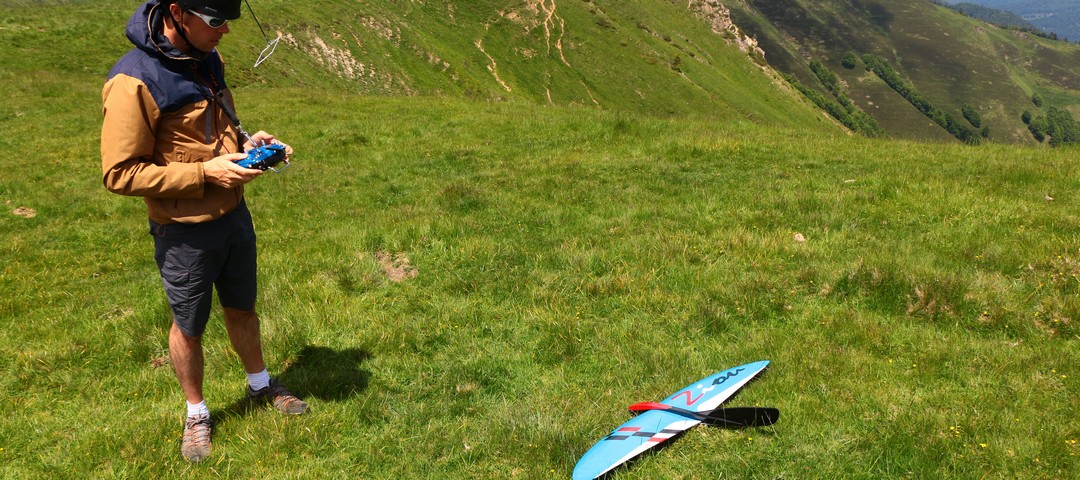
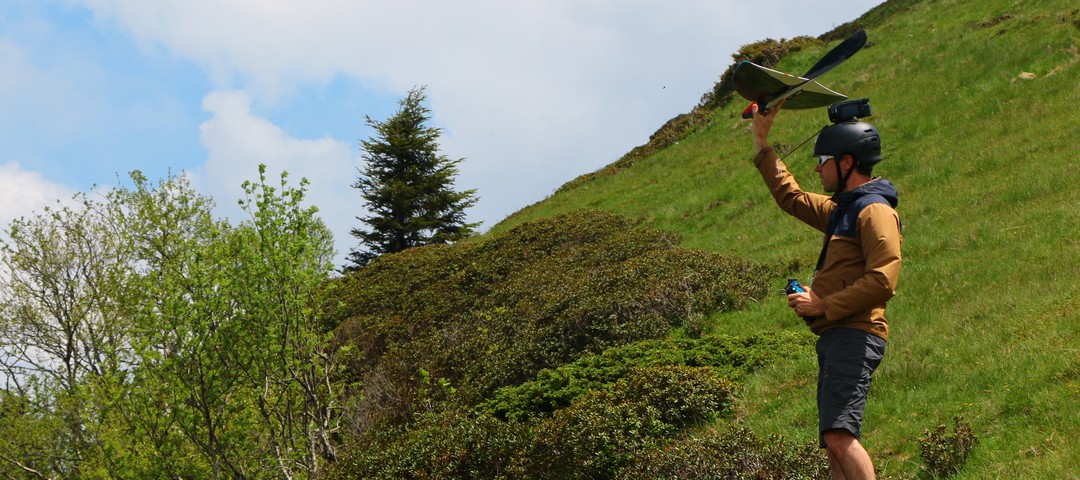
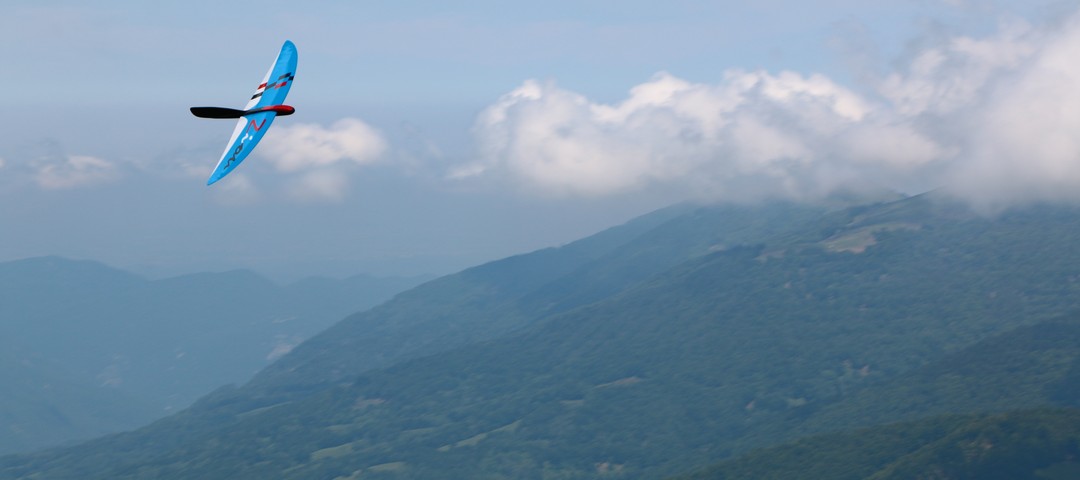
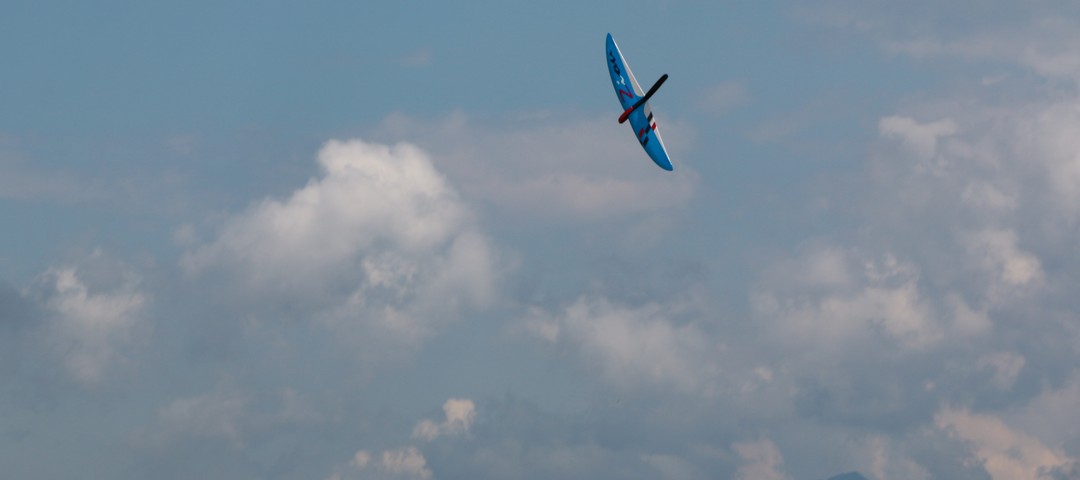
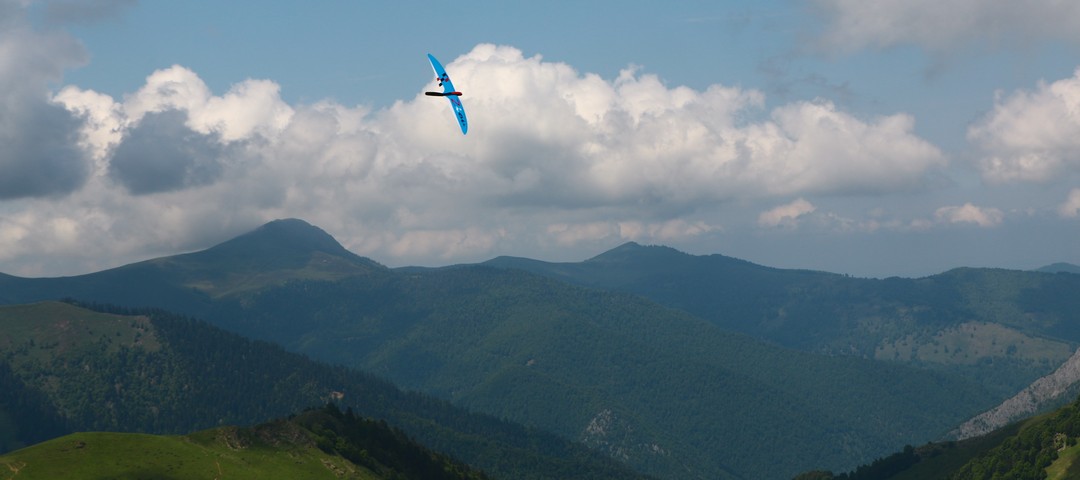
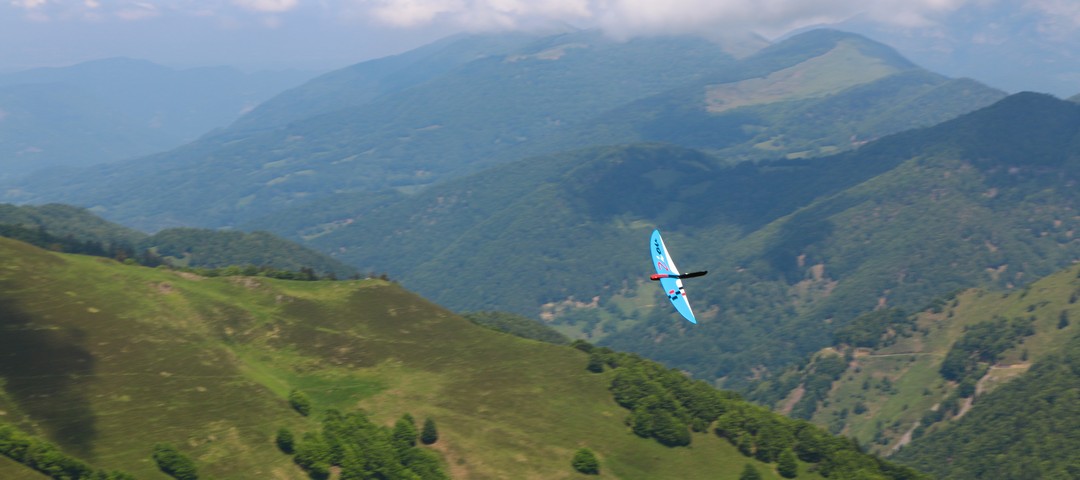
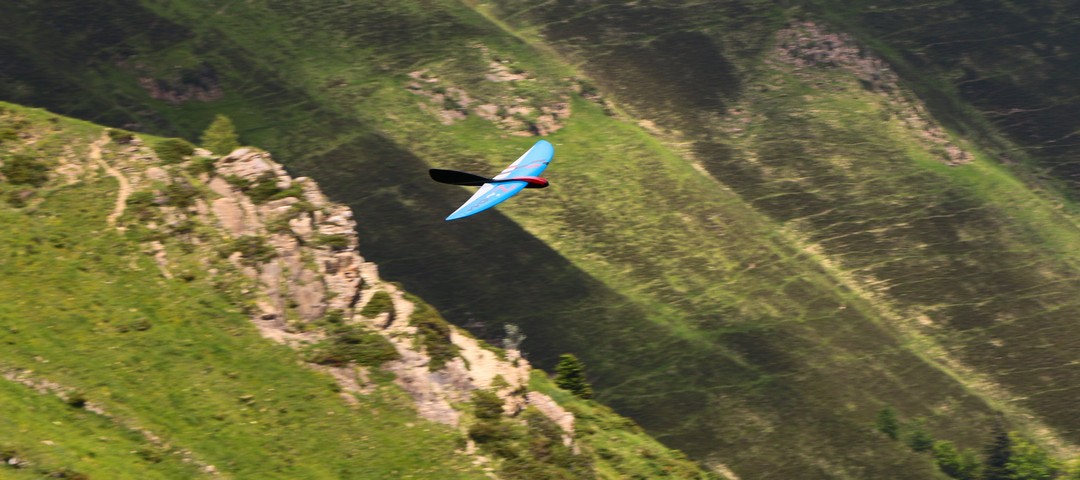
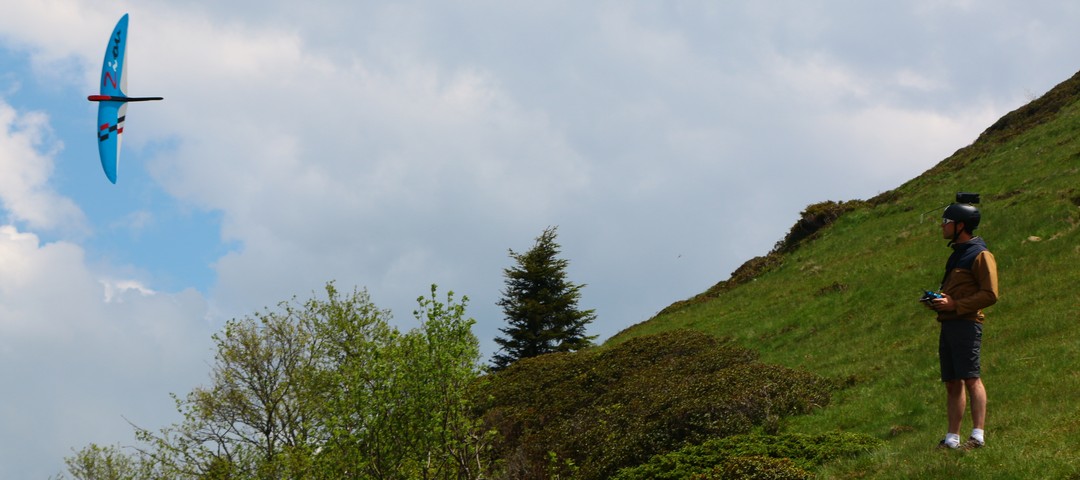

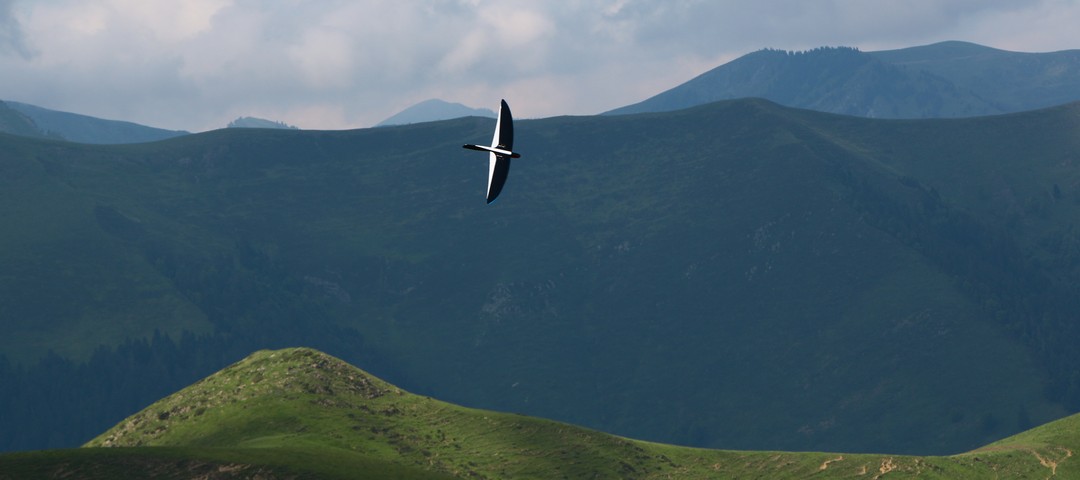
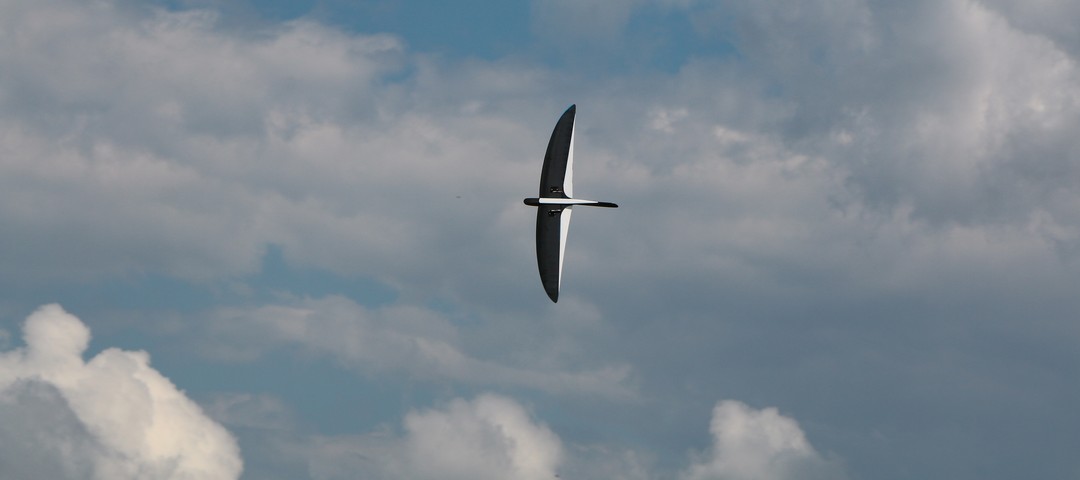
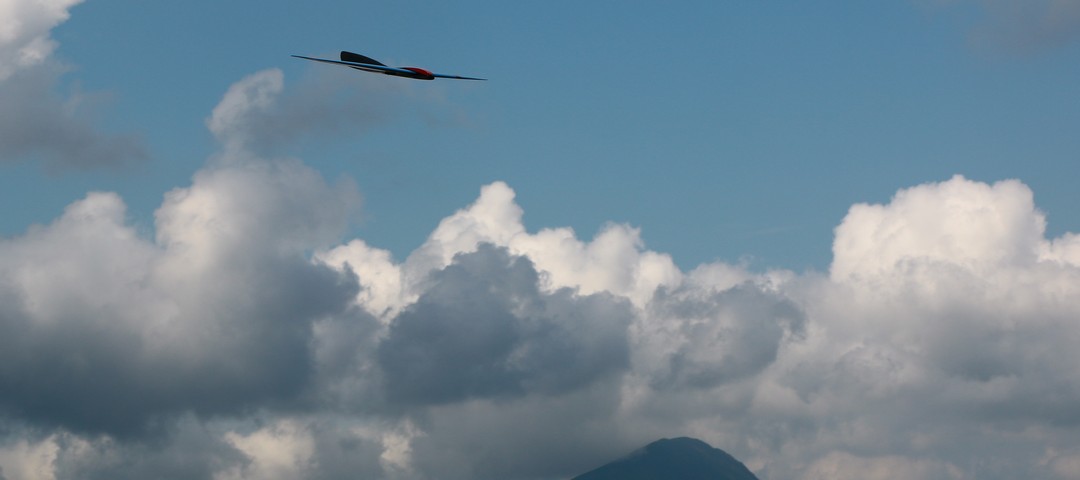
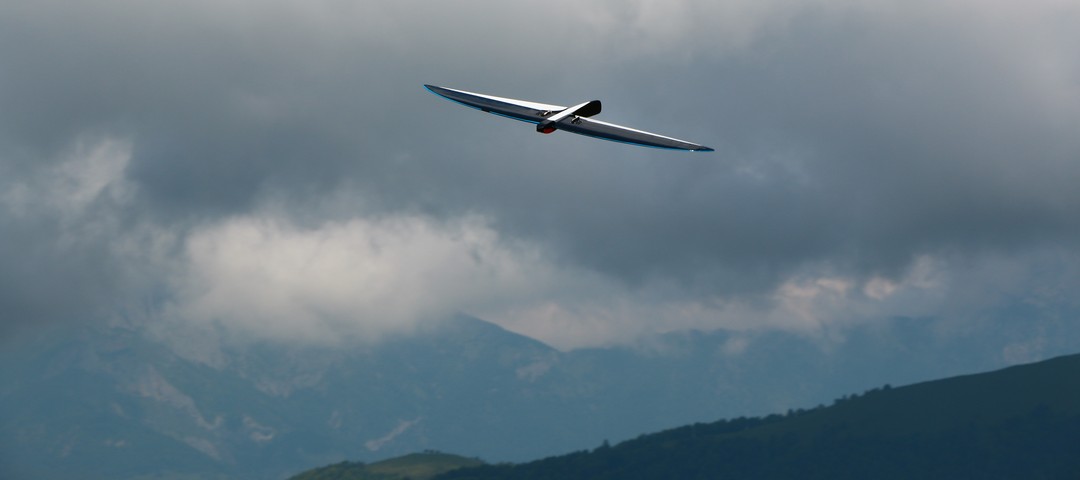
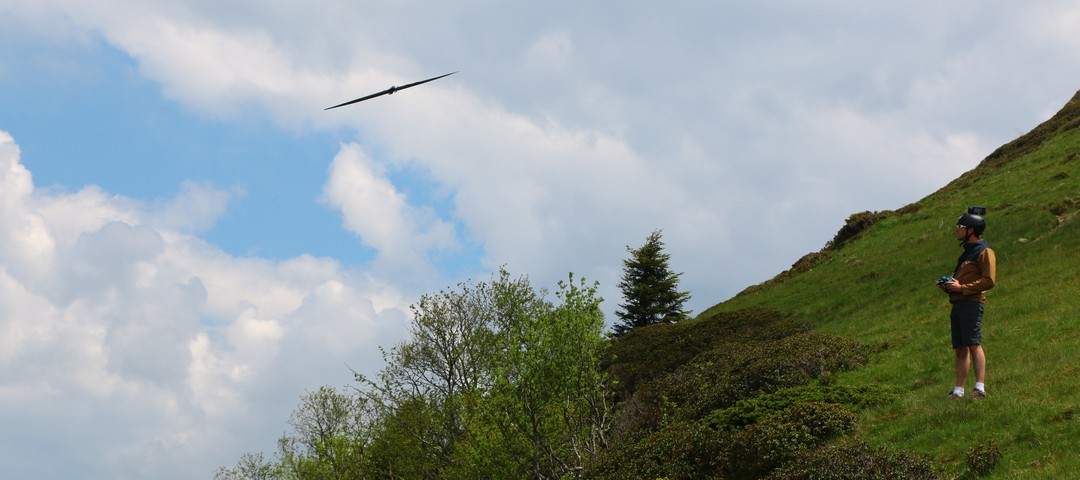
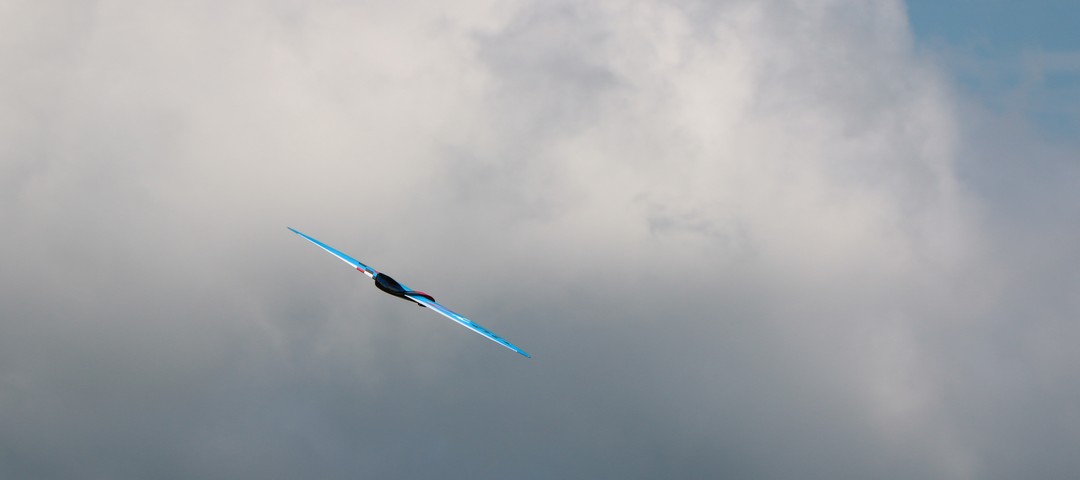
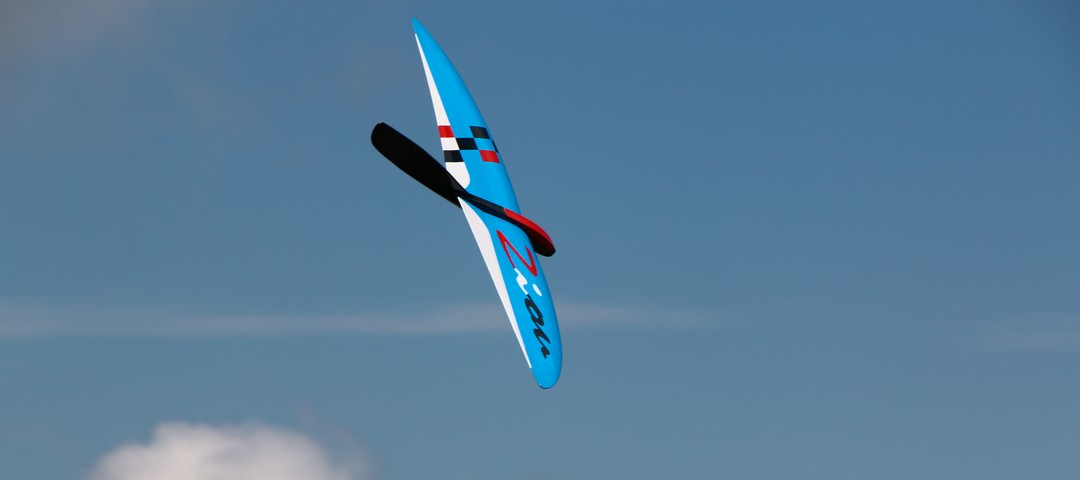


Pointed ailerons?
The ailerons of the Ziou are decreasing in chord and form a long triangle to the wingtip. Obviously this calls out: isn't it near the wingtip that the roll order is the most effective? Well, I wanted to give it a try anyway, because this setup has other advantages:
- In torsion , the ailerons are difficult to stiffen. Thus, when we have "normal" ailerons, it may very well be that under aerodynamic forces, in the air, when we operate them, they are more accurate where the servo is connected, but much less at the wingtip. Based on this assumption, maybe the aileron chord at the tip of the wing isn't always that useful ...
- In the same state of mind, an aileron flutter will obviously be initiated at the tip of the aileron, where the servo linkage stiffens it the least. We therefore reduce this risk.
- The ailerons no longer having a large chord towards the tip, the trailing edge of the airfoil in this area remains very accurate in all phases of flight, by construction. And the tip is where the airfoil has the smallest chord, where it will stall, etc. So I found it nice to freeze the respect for the airfoil in this area of the wing.
- During landing , it is the tip of the wing which will hit more or less hard on the ground. If the aileron is deflected, the servo will have to take the force. In my case, even with the aileron deflected, the end of the aileron will not transmit any force to the servo, which is therefore not stressed ...
- Finally for the fixing of these thin triangle extremities, they can be taped completely to the fixed part of the wing, since very thin: they do not resist in torsion, and they do not play any aerodynamic role.
And finally, in flight tests, no real roll problem ... I find her nervous enough for my taste when asked. Obviously bigger deflection is needed.
Flying
The Ziou flew 2 afternoons in easy conditions. The rolling rate is quite good with suitable deflections. When you push, it accelerates well, but with 11% thickness at root (7% at wingtip) it is not made for speed. It is stable on all axes. Inverted flight is good, but needs more energy than normal flight.
I love how it looks in the air.
I have not yet tried the soft version with the beginner's dihedral. Not tried to ballast either, I think it will support without problem a little overweight for more sensations of speed ... And as it has 2 housing for wing joiner, one remains for ballast.
More to come!
Some trajectories with the Ziou in June 2021.
Some trajectories with the Ziou in June 2021.